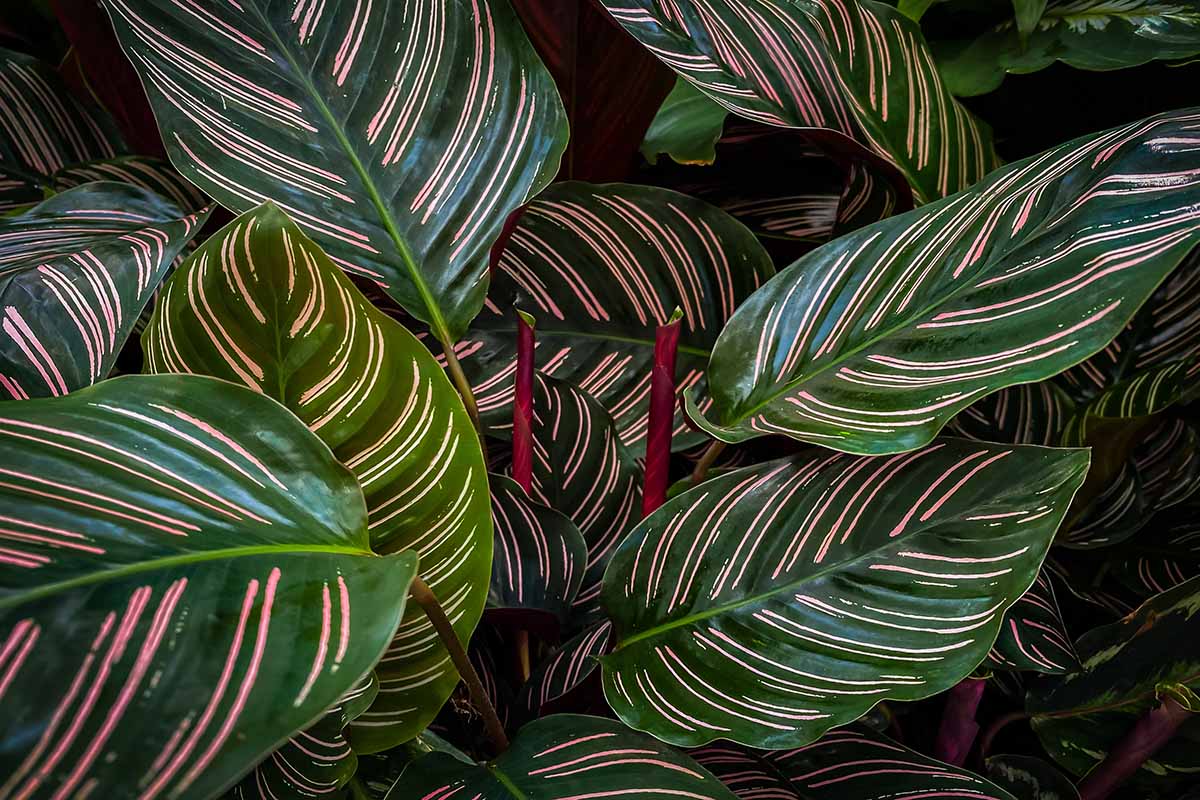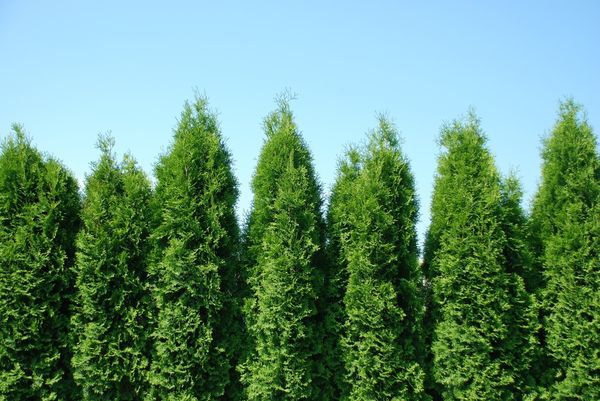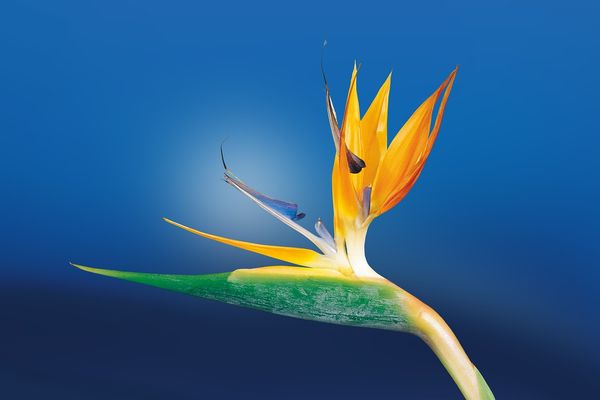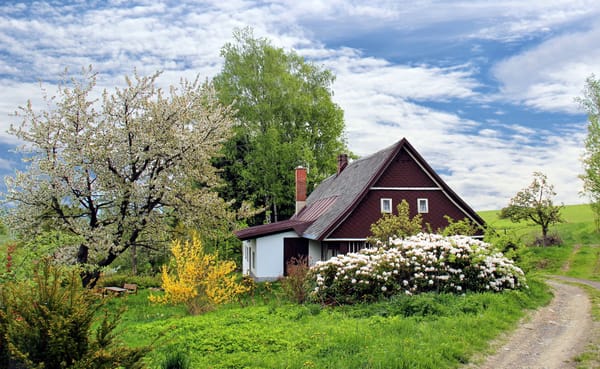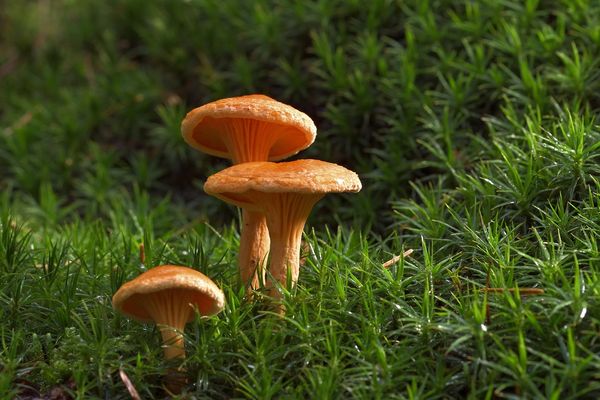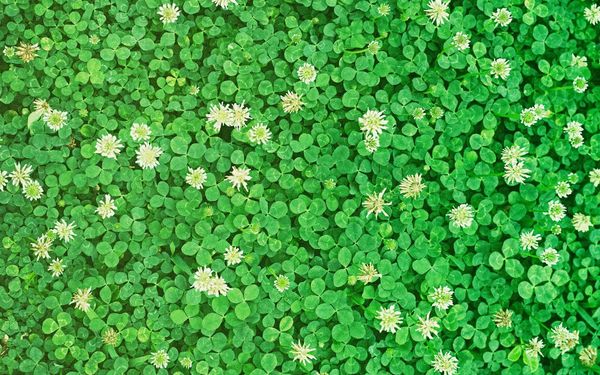The popular indoor decorative Plant, the Prayer Plant (Maranta leuconeura), is cultivated for its colorful leaves. The Nyctinasty movement, which causes the leaves of this Plant to fold up at night to resemble hands joined in prayer, gives this plant its common name.
The Prayer Plant's leaves play a significant role in its attractiveness; therefore, seeing foliar deterioration may be highly upsetting. And most likely, you'll want to undo the harm as soon as possible.
Your prayer plant's yellow leaves might be caused by various factors, most of which are related to its surroundings. As a consequence, there is no magic bullet to solve this issue. Instead, to identify and cure these unattractive yellow leaves, you will need to go a little further into the unique requirements of this Plant.
Why Are My Prayer Plant's Leaves Turning Yellow?
You may initially notice the leaves turning yellow when anything is amiss with your houseplant. The most frequent environmental factors contributing to this discoloration include improper watering techniques, temperature or humidity fluctuations, unfavorable soil conditions, and nutrient deficits.
There are many additional possible reasons than those on the extensive list above. And it might seem especially burdensome when you're eager to repair the harm done to your Prayer Plant and get it back to health.
It's also crucial to remember that the Prayer Plant's life cycle might include natural instances of yellow leaves. As leaves deteriorate due to aging or physical harm, they become yellow. If just the oldest leaves on your Prayer Plant are turning yellow on occasion, you should not panic.
Leaves Yellow And Curling
Curling leaves are often seen together with yellow discoloration, not to be confused with the Prayer Plant's natural habit of folding up at night. The most probable cause of this specific constellation of symptoms is moisture.
If you've ever had houseplants, you know that they often seem to be thirsty when the underlying problem is too much water. Drooping or curled-up leaves are a sign of overwatering. The leaves will also become light green or yellow if the issue continues.
This harm is brought on by too much water because it prevents the Plant's roots from absorbing oxygen. The Plant effectively drowns in its soil as a result.
Remember that your Prayer Plant's overwatering may stem from factors other than how often or heavily you water it. I discover that inadequate drainage is usually the fault.
Leaves Turning Yellow And Brown
Too little water may cause your Prayer Plant's leaves to develop dark patches just after they turn yellow. Additionally, the leaves will seem dry and brittle to the touch. Alternatively, this Plant has yellow leaves with brown edges or points, as shown in the picture below. This is a solid indicator that your Plant is drying out and underwatering.
Watering more often is frequently sufficient to restore the foliage's original color. However, this discoloration might also happen when the air surrounding your Prayer Plant is arid. More than adding extra water to the soil will be required in severe circumstances.
Excessive sunshine is another typical stressor that causes the Prayer Plant leaf to become yellow and brown. Although this Plant does well in locations with moderate to low light levels, it is susceptible to sunburn.
Prayer Plant's Browning and Curling Leaves
Browner than yellow curly leaves often indicate environmental harm. In this situation, your prayer plant is likely experiencing cold shock, low water quality, or fertilizer burn.
When granulated or liquid fertilizer touches a plant's leaves, fertilizer burn happens. It may also occur when a plant is fed an excessive amount of a particular nutrient quickly.
Chemicals present in tap water, particularly fluoride, hurt prayer plants. As an experiment, water your plants with filtered, room-temperature water, and watch for improvements.
Prayer During the warmer months, plants maintained outside should be brought inside well before a frost. If only kept inside, place indoor plants away from drafty windows and air conditioners.
New Leaves Yellow
Your Prayer Plant is almost probably deficient in iron manganese if it produces brand-new leaves with a sickly yellow tint.
Older leaves become yellow over time due to chlorosis, an iron deficit. To offer your Plant the best opportunity to better absorb the nutrients already present in the soil, check your soil's pH to ensure it is between 5.5 and 6.0. If it is not, amend the soil.
With the proper soil pH, your fertilizer will also be entirely available for the Plant, which should solve the issue and result in healthy, green new growth.
Yellow Leaves on Prayer Plants: What causes them and how to fix
Looking at the Plant's surroundings and up-to-date care is necessary to diagnose unusually yellow leaves on a Prayer Plant. If you're fortunate, you could discover that the problem is as simple as a poorly placed position or a container that doesn't drain. It is simpler to pinpoint the actual cause of yellowing leaves the more symptoms you can recognize.
Underwatering Or Overwatering
Prayer Plants are known for being inconsistent with drainage and watering. Although they enjoy wet soil, these plants are sensitive to root rot. Even the most seasoned gardener finds it challenging to maintain that equilibrium.
When watering your Prayer Plant, ensure the soil is well moistened until water drains through the drainage holes. After wetting them, I prefer to take them out of their decorative pots and let the extra water drain out by letting them soak in a sink or bathtub.
Never let your prayer plant stand in water that is still. Although using a saucer to shield the area underneath your Plant is a good idea, it should never contain water. This will prevent your Plant's roots from inadvertently absorbing too much water.
Your Prayer Plant's container may be the issue if the soil is always dry. Too-small containers will drain quickly, causing the roots to get parched. Ensure the pot you choose has a width of at least 2 inches more significant than the Plant's root mass. You will then have one inch of dirt on each side of the roots. This "spare" soil will retain moisture and promote strong root development.
When Should a Prayer Plant Be Watered?
When the top 1 to 12 inches of soil feel dry, water your prayer plant. Depending on the surroundings, this may happen quickly or slowly, taking a few days to two weeks. The soil will dry out more rapidly in warmer, drier rooms than in colder, humid regions of your house.
Too Much Direct Sunlight
Too much sunshine might dry up the soil and burn the leaves of your Prayer Plant, causing them to become yellow and lose color. Avoid planting these plants on a South-facing windowsill or a sunny patio, as they thrive best in the dappled light of an overhanging canopy in their native environment.
Aim to give your plant around 6 hours of bright yet indirect light each day for ideal lighting conditions. Although prayer-plants can survive some dim light, they still need enough light for their leaves to open throughout the day.
Place your Prayer Plant behind a giant plant or behind a pair of partially open shades to give filtered light if it spends part of the year outside or in a place like a sunroom.
Low Humidity
If you want your prayer plant to maintain its rich, green foliage and prevent the fading of its leaves, you must provide it with warm, humid conditions. A healthy Prayer Plant needs an atmosphere with at least 50 to 60% humidity and temperatures over 60°F, which might be difficult in arid climes.
There are numerous techniques to raise the humidity surrounding your plant if you reside in a dry region. You may either buy a powered plant humidifier or put a pebble tray below your plant's pot and fill it up with water regularly. Other plants that like dampness might be grouped as well.
Alternatively, spritz leaves with water with a mister twice or thrice weekly. You may even place your plant in a greenhouse with a humidity source.
Misting Prayer Plants
Some gardeners firmly believe in spraying their plants, which love dampness. Frequent sprinkling will increase the humidity on and around the plant.
The good news is that sprinkling may prevent certain standard leaf pests and dust. Conversely, raising the humidity of the air surrounding a plant reduces the danger of fungal infection, while enabling leaves to remain continuously wet might put plants at risk.
I advise spraying the leaves occasionally and letting the foliage dry entirely between treatments.
Over-Fertilizing
Regular fertilization of Prayer Plants may be beneficial in moderation, but applying fertilizer too often, excessively, or in highly concentrated amounts might cause the leaves to become yellow.
I advise using a liquid fertilizer with a balanced N-P-K ratio (a 10-10-10 or a 5-5-5 NPK is ideal) to prevent overfertilizing. Apply your mixture straight to the soil, diluting it by half before each application to avoid splashing leaves and stems.
By applying distilled water to the soil and letting all the extra liquid drains down the sink, you may flush away accumulated fertilizer salts in the ground. The report instead uses new, well-draining potting soil.
When Should Prayer Plants Be Fertilized?
Every two weeks throughout the summer growing season, fertilize prayer-plants. Reduce your feeding frequency to once a month throughout the winter.
Soil Conditions
If you're choosing soil for prayer plants, drainage is critical. As long as the potting medium drains correctly, it doesn't matter whether you create it yourself or buy it. Two parts peat moss, one part loamy soil, and one part perlite or coarse sand make up a typically suggested soil composition.
The ideal pH range for soil for prayer plants is between 5.5 and 6. Since this is the average pH of potting soil, pH problems with potted Prayer Plants are relatively uncommon.
Keep in mind that prayer plants often thrive in broad, shallow pots. Due to their propensity for compaction and root rot, Prayer Plants are less likely to occur.
A Prayer Plant must be housed in a container with drainage holes. To promote drainage and avoid obstructions, put clean pebbles in the container's bottom.
What Nutrient Deficiency Leads to Yellow Leaves?
Despite the complexity of plant nutrition, an iron shortage nearly invariably results in yellow foliage.
One of two things may cause an iron deficiency. The soil lacks iron, which is the first and most obvious factor. The second is that the plant's roots cannot absorb the available iron because of something else in the ground, such as a high pH level, phosphorus content, or abundant water.
Applying chelated iron supplements or correcting recognized soil imbalances (such as reducing the pH of the soil) helps treat iron deficiency problems.
Yellow Leaves After Propagation
A Prayer Plant may get stressed through cuttings or division, which results in natural yellowing and leaf dieback. While you should make every effort to propagate your plant with the least stress, don't become alarmed if it doesn't appear ideal immediately.
Otherwise, one of the problems mentioned above is why most yellow leaves develop after growing a Prayer Plant.
There is a possibility that the leaves on a Prayer Plant cutting you choose to root in water are becoming yellow due to dampness. Keep a watch on cuttings that are begun in this manner, and put them in the ground as soon as a strong root system appears. Additionally, little cuttings are more light-sensitive than their fully developed counterparts.
Yellow Leaves on Prayer Plant After Repotting
Following repotting, yellow foliage is entirely typical. Even the healthiest plants sometimes require a week or more to use their new pots.
The same potting mixture from the previous container should fill the new one. If you must move your Prayer, recreate the correct lighting conditions before placing it back in its original area.
Transplanting may reduce stress just before your Prayer Plant emerges from dormancy.
A further indication that the plant's roots were overexposed during repotting is excessively yellow or drooping leaves. Switching from one pot to another for your Prayer Plant should be smooth. Only expose the roots to the air longer than desired.
Pruning Prayer Plant
Pruning is a typical component of Prayer Plant upkeep. When cutting stems, use a clean, sharp object at all times.
An excellent approach to customize the size and form of your Prayer Plant is by pruning. It is also a successful method for removing the plant's old or damaged leaves. Pruning Prayer Plants is best done in the spring or autumn.
Getting Rid of Yellow Leaves on the Prayer Plant
Your Prayer Plant may be able to direct energy into healthy foliage if you remove any yellow leaves. However, trimming or pinching ugly leaves to enhance the plant's look is quite acceptable.
As they begin to wither, leaves are simple to remove by hand. I advise grabbing a pair of snippers if you encounter resistance while removing an old or broken leaf to avoid additional harm.
Pruning Yellow Leaves on a Prayer Plant
When frequently trimming a Prayer Plant, the first thing to remove is any yellow or damaged leaves. Remember that these leaves are not adequately photosynthesizing and are not likely to help the plant in the future.
It is advisable to remove the whole segment if it is completely turning yellow rather than attempting to save any healthy leaves that may still be there.
You are welcome to remove leafy waste at any time of the year. Never cut across a healthy node that is nearby. From here, new growth will start to appear.
Conclusion
Troubleshooting prayer plant leaves turning yellow can be a challenging yet rewarding journey. Be it overwatering, too much fertilizer, a lack of humidity, or temperature variations, there are several manageable reasons behind your prayer plant turning yellow. It's crucial to rule out more damaging threats like the cucumber mosaic virus and pests such as spider mites. Each cause requires a specific solution to restore your plant's health and vibrancy.
If your prayer plant yellow leaves are persistent, don't lose heart. Recognizing the signs, such as plant leaves turning yellow, is the first step towards remediation. Always remember that a successful green thumb involves keen observation, patience, and the willingness to learn. With these tools in your gardener's kit, the journey from yellow to green for your prayer plant leaves turning yellow will be an enriching and fulfilling experience. Embrace the process and keep nurturing your plant with love.
Your Prayer Plant is trying to notify you something is amiss by sending you yellowing leaves. If you ignore this warning, you could discover that your plant companion is no longer with us. However, very few instances of yellow foliage cannot be rapidly treated at home. However, detecting the root of yellow leaves is more challenging than fixing the issue directly. I suggest taking your time when making a diagnosis, keeping a careful eye on your plant for a few days, and looking into your choices based on the suggestions in this post. In this manner, you can be confident that you're giving your Prayer Plant the most excellent care possible, and it will soon be in like-new condition.

